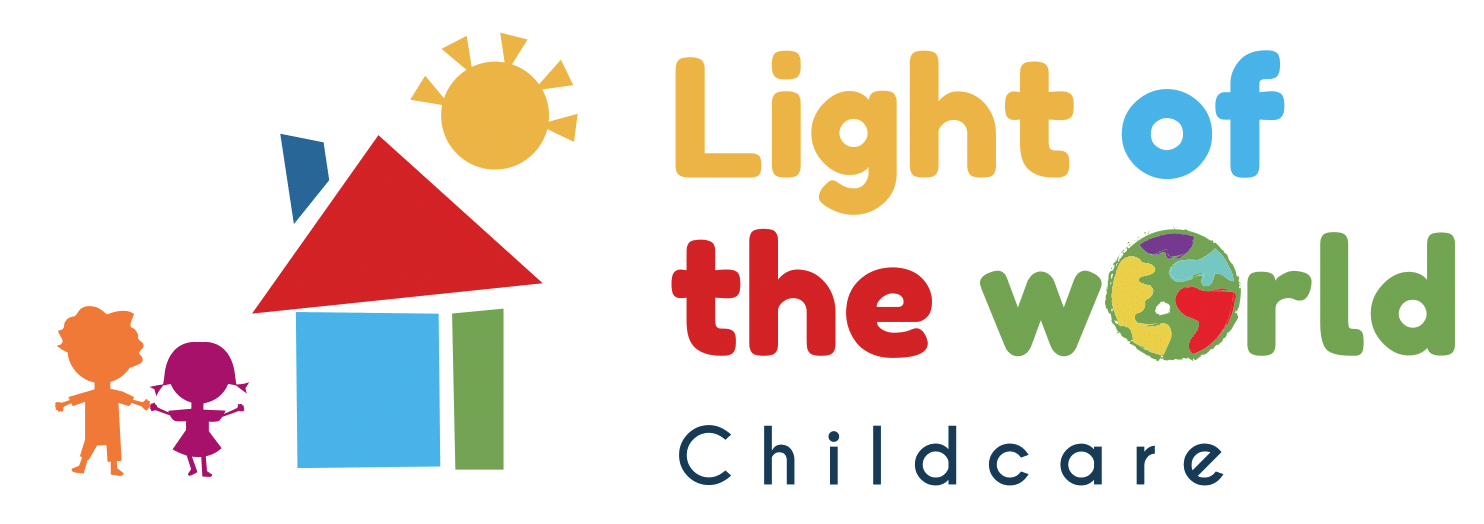
How to Support Your Child’s Language and Literacy Development
Language and literacy development are essential aspects of your child’s growth, laying the foundation for academic success and effective communication. As a parent, you play a crucial role in nurturing these skills from an early age. Here are practical and effective strategies to help you support your child’s language and literacy development during childcare in Brampton:
1. Engage in Daily Conversations
Talking to your child regularly helps them understand and use language. Discuss their day, ask questions, and listen actively. This not only builds their vocabulary but also strengthens your bond with them. Make sure to use a variety of words and expressions to expose them to the richness of language.
2. Read Aloud Together
Reading aloud to your child introduces them to new words and concepts. Choose age-appropriate books and make reading a daily habit. This activity helps children develop listening skills, comprehension, and a love for reading. Encourage them to ask questions and discuss the story to deepen their understanding.
3. Label Everyday Objects
Labeling objects around the house with their names can help your child associate words with their corresponding items. Use sticky notes or printable labels to mark items like “door,” “table,” “chair,” and “refrigerator.” This visual reinforcement aids in word recognition and recall.

4. Sing Songs and Nursery Rhymes
Singing songs and reciting nursery rhymes are fun ways to improve your child’s phonemic awareness. The rhythm and repetition in songs help children recognize sounds and patterns in words. Choose simple, catchy tunes and encourage your child to sing along.
5. Create a Print-Rich Environment
A print-rich environment exposes your child to written language in various forms. Display books, magazines, and newspapers around your home. Provide writing materials like crayons, markers, and paper to encourage your child to practice writing and drawing.
6. Play Word Games
Word games like “I Spy,” “Scrabble,” or simple alphabet puzzles can make learning new words enjoyable. These games enhance vocabulary, spelling, and letter recognition while providing quality time together. Adjust the difficulty level based on your child’s age and skills.
7. Use Storytelling
Encourage your child to tell their own stories. This helps develop their narrative skills and boosts creativity. You can start a story and let them continue it or use picture prompts to inspire their imagination. Storytelling also enhances their ability to organize thoughts and ideas.
8. Limit Screen Time
While educational programs can be beneficial, too much screen time can hinder language development. Set limits on the amount of time your child spends on screens and ensure that screen time is balanced with interactive, language-rich activities like reading, talking, and playing.

9. Encourage Social Interaction
Interacting with peers and adults helps your child practice communication skills in different contexts. Arrange playdates, family gatherings, and group activities to provide opportunities for your child to converse and learn from others.
10. Model Good Reading Habits
Children often mimic their parents’ behaviors. Let your child see you reading books, newspapers, or magazines regularly. Share interesting stories or facts you read about, showing that reading is a valuable and enjoyable activity.
11. Visit the Library
Regular trips to the library can instill a love for reading and provide access to a wide range of books. Let your child choose their own books and participate in library activities or story time sessions to foster their interest in reading.
12. Encourage Writing
Provide opportunities for your child to write, whether it’s through drawing, writing letters, or keeping a journal. Writing helps children understand the relationship between spoken and written language and improves their literacy skills over time.
13. Ask Open-Ended Questions
Ask your child open-ended questions that require more than a yes or no answer. Questions like “What did you like about the story?” or “How do you think the character felt?” encourage critical thinking and language use, helping your child express their thoughts more clearly.
14. Use Technology Wisely
Select educational apps and programs that focus on language and literacy development. Many interactive apps are designed to teach phonics, vocabulary, and reading comprehension. Ensure that screen time is educational and interactive, rather than passive.
15. Incorporate Multilingualism
If your family speaks multiple languages, introduce your child to different languages early on. Bilingualism can enhance cognitive abilities and improve overall language skills. Use everyday conversations, books, and songs in both languages.
16. Promote Active Listening
Teach your child the importance of active listening by demonstrating it yourself. When they speak, show interest and respond thoughtfully. This practice encourages them to listen carefully and improves their understanding and communication skills.

17. Encourage Questions
Encourage your child to ask questions about the world around them. This curiosity drives language learning and helps them understand new concepts. Answer their questions patiently and provide additional information to satisfy their curiosity.
18. Use Descriptive Language
When talking to your child, use descriptive language to expand their vocabulary. Instead of saying “Look at the bird,” say “Look at the small, blue bird with a long tail.” This practice helps children learn new adjectives and improves their descriptive abilities.
19. Create a Routine
Establish a daily routine that includes dedicated time for reading, writing, and language activities. Consistency reinforces learning and helps children develop good habits. A structured routine ensures that language development is a regular part of their day.
20. Provide Positive Reinforcement
Celebrate your child’s language milestones and efforts with praise and encouragement. Positive reinforcement boosts their confidence and motivates them to continue improving their skills. Recognize their progress, no matter how small, to keep them engaged and enthusiastic.
21. Attend Literacy Events
Participate in local literacy events, such as book fairs, author readings, and storytelling sessions. These events provide a stimulating environment for children to experience the joy of reading and learn from others.
22. Utilize Everyday Experiences
Turn everyday experiences into learning opportunities. Trips to the grocery store, park, or museum can be used to introduce new words and concepts. Discuss what you see and do, encouraging your child to describe their observations.

Our Junior Kindergarten in Brampton can help you out
Supporting your child’s language and literacy development is a rewarding journey that requires patience, consistency, and creativity. By incorporating these strategies into your daily routine, you can create a rich learning environment that nurtures your child’s growth and prepares them for future success.
If you’re looking for a nurturing and supportive environment to further enhance your child’s development, consider enrolling them at Light of the World Christian Childcare. Our programs are designed to provide top-notch care and education, ensuring your child shines bright. We have summer daycare, infant daycare, and kindergarten in Brampton.
Contact us today to learn more about our Brampton daycare services and how we can help your child thrive.

